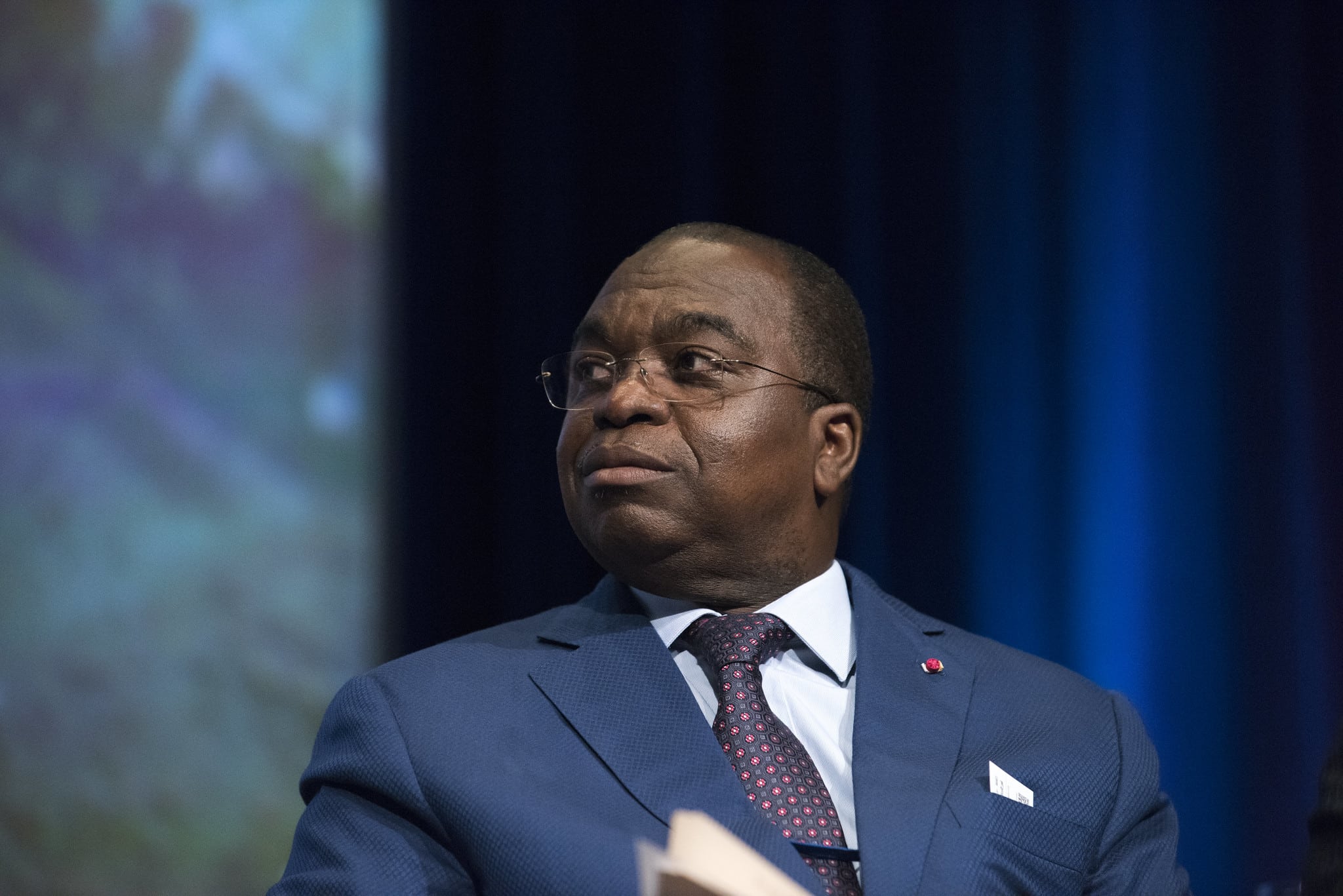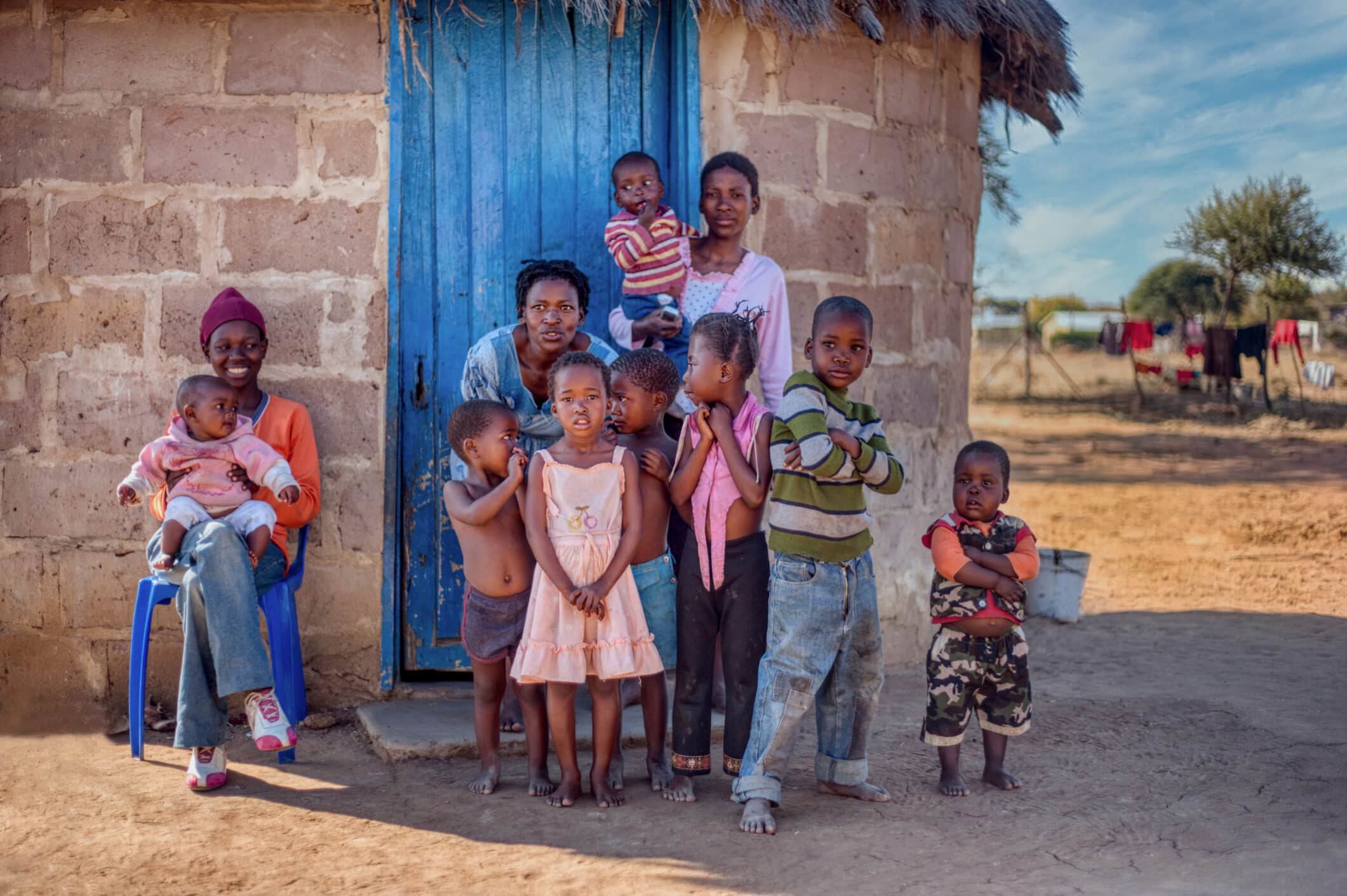In a historic move to end the transmission of HIV/AIDS to children, twelve African countries have joined hands in the fight against the disease. The Global Alliance to End AIDS in Children pledged their commitment and laid out plans to end AIDS in children by 2030 at their inaugural meeting in Dar Es Salaam.
According to the World Health Organization (WHO), a child dies from AIDS-related causes every five minutes globally. Despite this, only 52 per cent of children living with HIV are on life-saving treatment, compared to 76 per cent of adults. In 2021, 160,000 children acquired HIV, accounting for 15 per cent of all AIDS-related deaths despite the fact that only 4 per cent of the total number of people living with HIV are children.
In partnership with networks of people living with HIV and community leaders, the ministers have set out plans to find and test more pregnant women, link them to care, and care for infants and children living with HIV.

Vice-President of the United Republic of Tanzania, Philip Mpango. Tanzania is one the signatories. Picture courtesy of The World Bank.
The meeting was hosted by the United Republic of Tanzania and attended by ministers and representatives from Angola, Cameroon, Côte d’Ivoire, the Democratic Republic of the Congo (DRC), Kenya, Mozambique, Nigeria, South Africa, the United Republic of Tanzania, Uganda, Zambia, and Zimbabwe.
The Vice-President of the United Republic of Tanzania, Philip Mpango, said, “All of us in our capacities must have a role to play to end AIDS in children. The Global Alliance is the right direction, and we must not remain complacent. 2030 is at our doorstep.”
Mary Mahy, UNAIDS Data for Impact Director a.i. says: “In 2023 no children should be infected with HIV. We have great science to start women on treatment that can prevent that vertical transmission, the transmission from the mother to her child. We also have fairly high ante-natal care coverage throughout the world and that means that women who are going to get care during their pregnancy can be tested for HIV and started on treatment to avoid that onward transmission.”
The work will centre on four pillars: early testing and treatment for infants, children and adolescents; closing the treatment gap for pregnant and breastfeeding women living with HIV; preventing new HIV infections among pregnant and breastfeeding adolescent girls and women; and addressing rights, gender equality, and the social and structural barriers that hinder access to services.
The First Lady of Namibia, Monica Geingos, commented, “This gathering of leaders is uniting in a solemn vow – and a clear plan of action – to end AIDS in children once and for all.”
WHO’s Director-General, Dr Tedros Adhanom Ghebreyesus, also supported the initiative: “The Global Alliance to End AIDS in Children is a much-needed initiative to reinvigorate progress.”
The fight against the transmission of HIV/AIDS to children requires the collaboration and commitment of governments, international partners, and the public. With the science available today, there is consensus that the goal of ending AIDS in children by 2030 is achievable.
Subscribe
Sign-up to receive our newsletter





